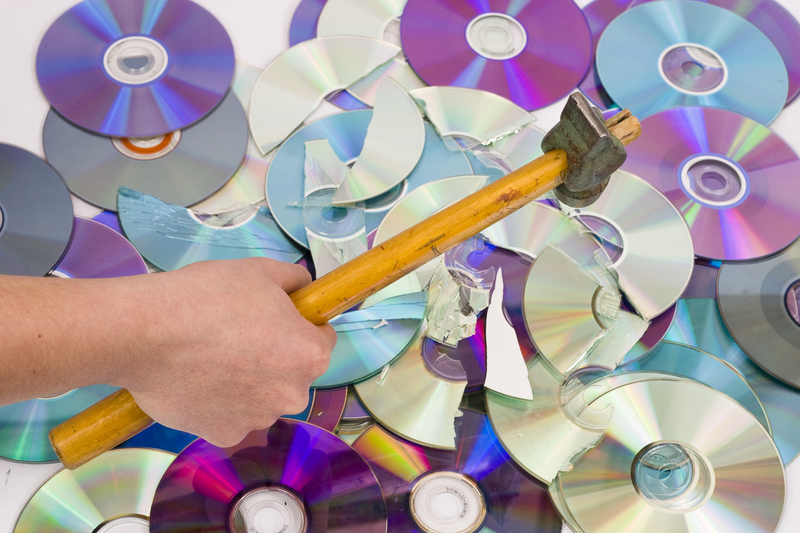Reducing Microplastic Pollution: Steps We Can Take
Microplastic pollution is a growing environmental concern that threatens marine life, wildlife, and even human health. As these tiny plastic particles infiltrate our ecosystems, it's crucial that we take steps to mitigate their impact. This article offers comprehensive solutions and actionable steps to combat microplastic pollution.
Understanding Microplastic Pollution
Microplastics are small plastic pieces less than five millimeters in diameter. Often created from larger plastic debris, these particles enter aquatic environments through multiple channels. Sources include cosmetic products, synthetic clothing, and industrial processes. When released, they are ingested by marine life, which disrupts food chains and poses health risks to humans.
Impacts on the Environment
Microplastics can persist in the environment for hundreds of years. They absorb toxic substances and carry pollutants through ecosystems, significantly impacting marine biodiversity and threatening the quality of ecosystems upon which humans rely.


Steps to Reduce Microplastic Pollution
1. Reducing Single-Use Plastics
One of the most effective ways to combat microplastic pollution is limiting single-use plastics. By choosing reusable products and avoiding disposable plastics, individuals can significantly decrease the plastic waste contributing to microplastic pollution.
- Use reusable bags when shopping instead of plastic ones.
- Opt for glass or steel water bottles to minimize plastic bottle usage.
- Avoid products packaged in plastic whenever possible.
2. Improve Waste Management
Efficient waste management systems are crucial for preventing plastics from entering natural environments. Municipalities and governments should implement strategies that prioritize recycling and composting.
- Establish recycling programs that accept all types of plastics.
- Encourage community-based cleanup programs to reduce waste.
- Invest in advanced waste processing technologies.
3. Support and Encourage Legislation
Legislation plays a pivotal role in reducing microplastic pollution. Policies designed to ban or limit the production and use of certain plastics can reduce the overall entry of plastics into environments.
- Support bans on microbeads in personal care products.
- Advocate for extended producer responsibility (EPR) schemes, which make manufacturers responsible for the entire lifecycle of their products.
4. Innovate and Adopt Alternatives
Innovation in materials science offers exciting possibilities for reducing microplastic pollution. Developing bioplastics from renewable resources can substitute traditional plastics in many applications.
- Promote research in biodegradable materials.
- Encourage adoption of alternative materials across industries.
5. Raise Awareness and Educate
Awareness is key to tackling microplastic pollution. Education efforts should target schools, communities, and industries to foster a better understanding of the impacts and solutions related to microplastic pollution.
- Implement school programs focused on environmental sustainability.
- Host workshops and seminars for local businesses.
- Leverage social media platforms to spread awareness.
6. Participate in Research and Citizen Science
Participating in research can provide valuable data on microplastic pollution. Collaborations between scientists, citizens, and NGOs can lead to insights and innovative solutions.
- Join local conservation groups and participate in research initiatives.
- Utilize smartphone apps to report and track plastic pollution.
Conclusion
Reducing microplastic pollution is a challenge that requires collective action. By adopting sustainable practices, supporting innovative solutions, and driving policy changes, we can ensure healthier ecosystems for future generations. Empowered by knowledge and commitment, every individual has the potential to make a significant impact in reducing this pervasive pollution problem.
```